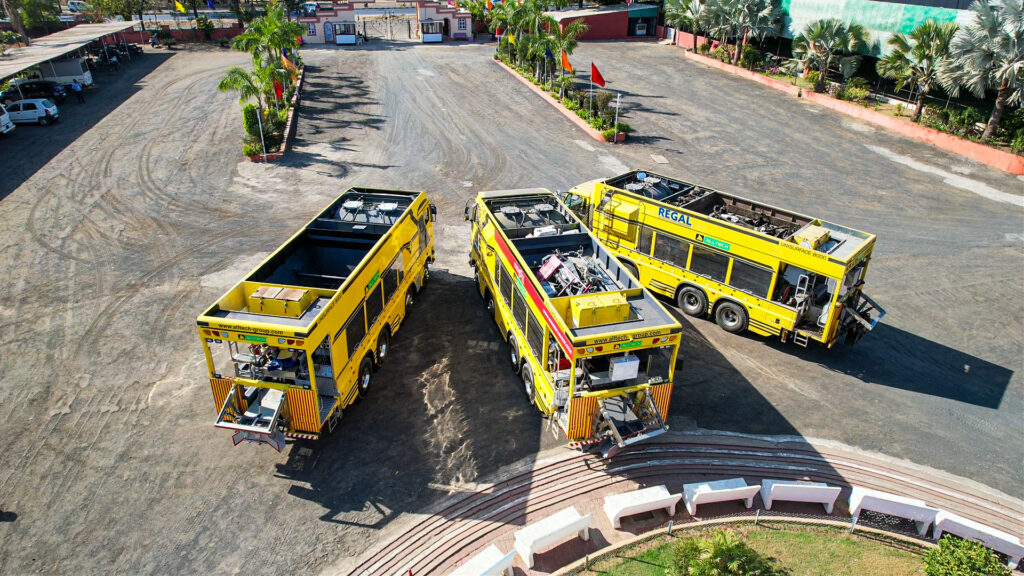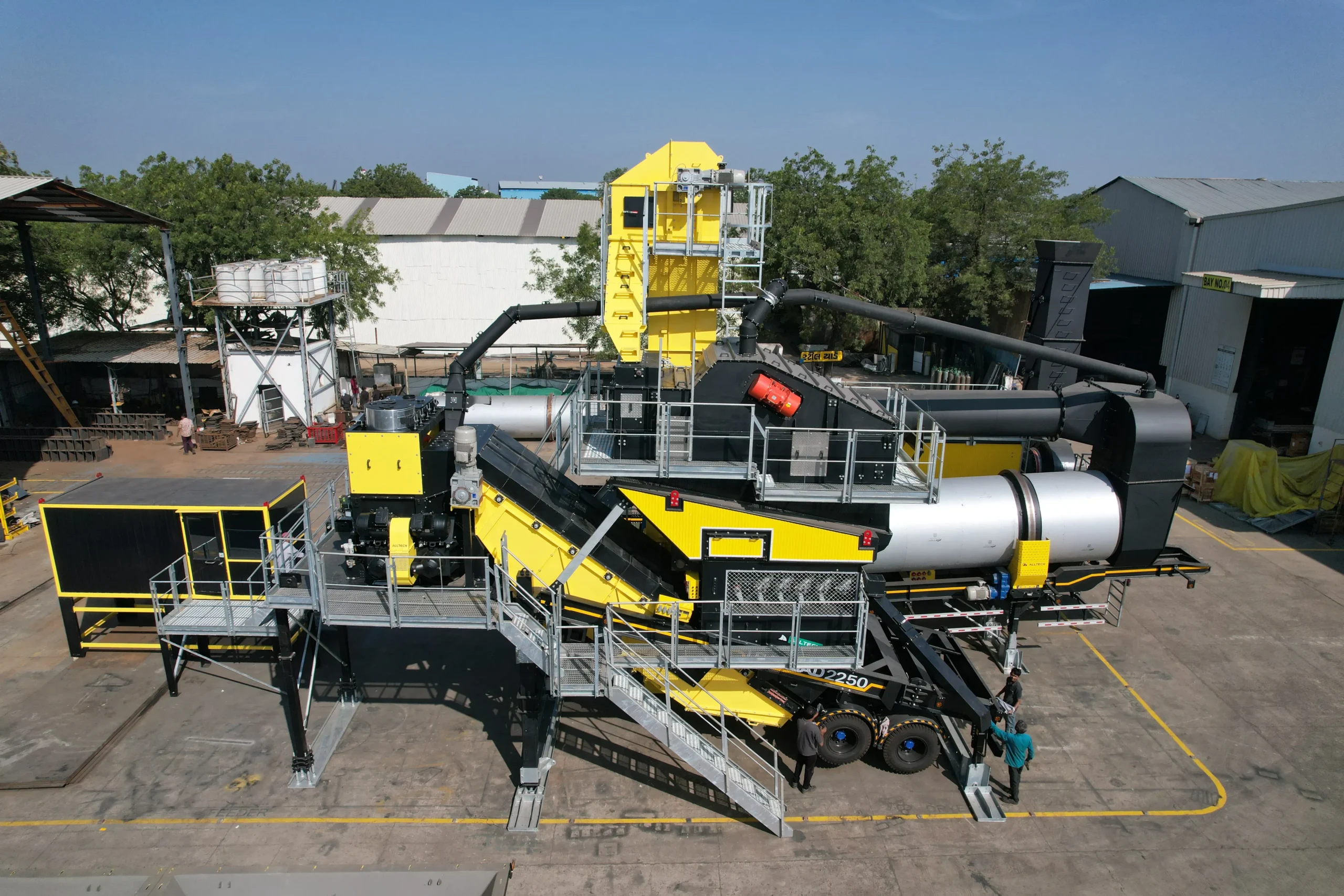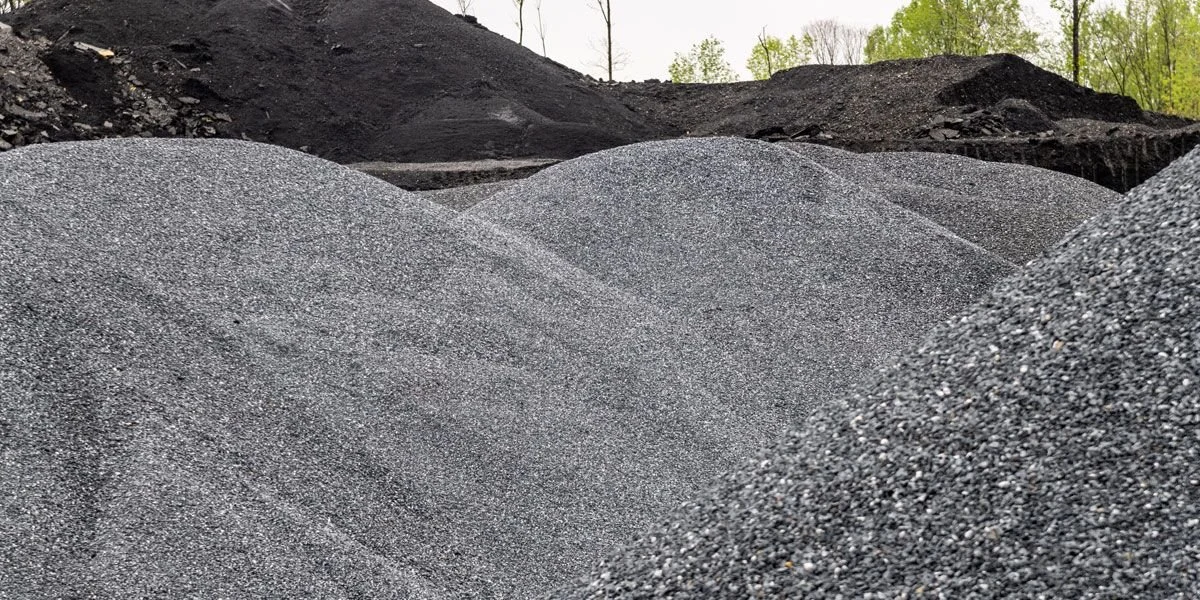
In the field of modern road maintenance, microsurfacing has emerged as a highly effective, sustainable, and cost-efficient method to extend the life of asphalt pavements. This technique is increasingly adopted by municipalities, contractors, and property owners looking to maintain roads, highways, and parking lots without the need for extensive reconstruction.
Microsurfacing is a cold-applied, preventive maintenance process where a thin layer of specially designed material is applied over an existing pavement. The mixture typically consists of polymer-modified asphalt emulsion, crushed aggregate, mineral filler, water, and performance-enhancing additives. Since it is applied without heat, microsurfacing is more energy-efficient than traditional hot-mix overlays and contributes to lower emissions during application.
One of the major advantages of microsurfacing is its cost-effectiveness. It helps extend the lifespan of roads at a fraction of the cost of complete resurfacing or reconstruction. Additionally, the protective surface layer improves durability, resisting rutting, oxidation, water infiltration, and daily wear and tear caused by weather and traffic.
Another key benefit is the quick curing time, which allows roads to reopen within a few hours after application. This makes microsurfacing an ideal solution for high-traffic zones where minimal disruption is critical. Moreover, the textured surface enhances skid resistance, particularly under wet or icy conditions, and its dark finish improves the visibility of lane markings, thus enhancing overall road safety.
Microsurfacing is widely applicable across different types of surfaces, including urban roads, highways, residential streets, airport runways, and parking lots. It serves both as a preventive measure and as a corrective treatment for surface irregularities such as minor ruts or cracks.
The application process is precise and efficient. First, the surface is cleaned using mechanical brooms or power washers, and any minor repairs—like crack filling or pothole patching—are completed beforehand. The microsurfacing mixture is then prepared on-site using a specialized slurry paver machine, which mixes and applies the material evenly across the road. Following this, a roller compacts the material to ensure a strong bond and to remove any trapped air. The road surface cures in just a few hours, depending on weather conditions. Once cured, lane markings are repainted, and the road is ready for traffic.
Microsurfacing is especially suitable for pavements that are structurally sound but showing surface wear. It is a top choice when quick turnaround, low environmental impact, and reduced traffic delays are important factors. As a forward-thinking maintenance solution, it combines performance, safety, sustainability, and economy—making it an essential technique for preserving road infrastructure.
In conclusion, microsurfacing is much more than just a surface treatment; it’s a strategic investment in long-term pavement health. Whether managing a municipal network or maintaining a private road, microsurfacing ensures durability and serviceability for years to come, all while keeping costs and downtime to a minimum.





